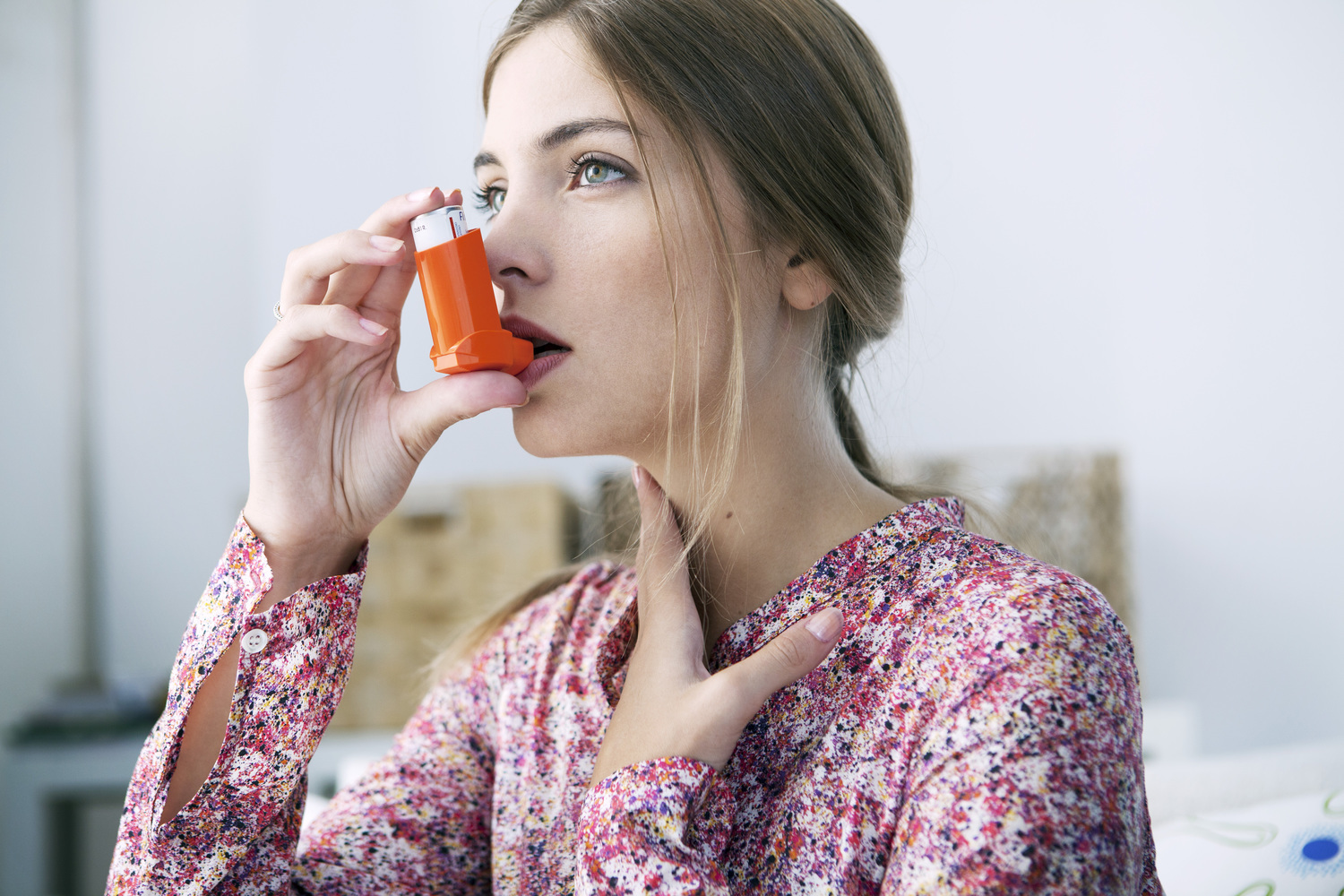
Contributing Factors for Chronic Obstructive Pulmonary Disease (COPD)
Chronic obstructive pulmonary disease, or COPD, describes multiple progressive lung diseases (i.e., chronic bronchitis, emphysema, and non-reversible asthma) that result in increasing breathlessness, which greatly impacts quality of life. COPD makes it difficult to breathe and obstructs airflow from the lungs. Those that have the disease often develop lung cancer and heart disease. However, many people don’t know they have COPD until lung damage is significant.
Although it isn’t fatal, COPD can cause many health issues. Signs and symptoms mimic bronchitis or a severe asthma including symptoms of shortness of breath, tightness in the chest, excessive mucus in the lungs, lack of energy, and edema (or swelling in your lower body). Doctors do not usually diagnose patients until after the age of 40. Several contributing factors increase the risk of COPD development, such as:
- Smoking: COPD is most often caused by smoking tobacco. This is because the chemicals in cigarettes weaken the lungs which often causes infections, narrows the passages and breaks down the air sacs. Secondhand smoke can also be a factor.
- Air pollution
Other causes include air pollution, especially in small, confined spaces, many times reported from workers after a long period working in unsafe conditions.
- Chemical exposure: Chemicals in the air and pollution get in the lungs causing issues later in life.
While there is no cure for COPD, the following treatments often provide symptom relief:
1. Smoking cessation
The primary treatment for COPD recommended by doctors is to quit smoking. Smoking cessation helps lungs clear and improves overall health.
2. Bronchodilators
Many doctors also give bronchodilator inhalers to help relax lung muscles moving air easily around the lungs. There are short and long acting bronchodilators that help patients breathe easier.
3. Pulmonary rehabilitation
This program helps patients learn how to exercise their lungs best and strengthen the breathing muscles.
4. Lifestyle changes
Many people with the disease have a high quality of life with maintenance. They are still able to stay active while controlling the disease. The lungs are weakened so it’s best to stay away from any pollution or areas that could worsen the lungs. Some patients are able to work with their diets to control symptoms. Other patients report exercise helps them with breathing. Many times the symptoms come and go so patients will have good days and flare up days. Controlling the flare up days is best done with inhalers and rest.


